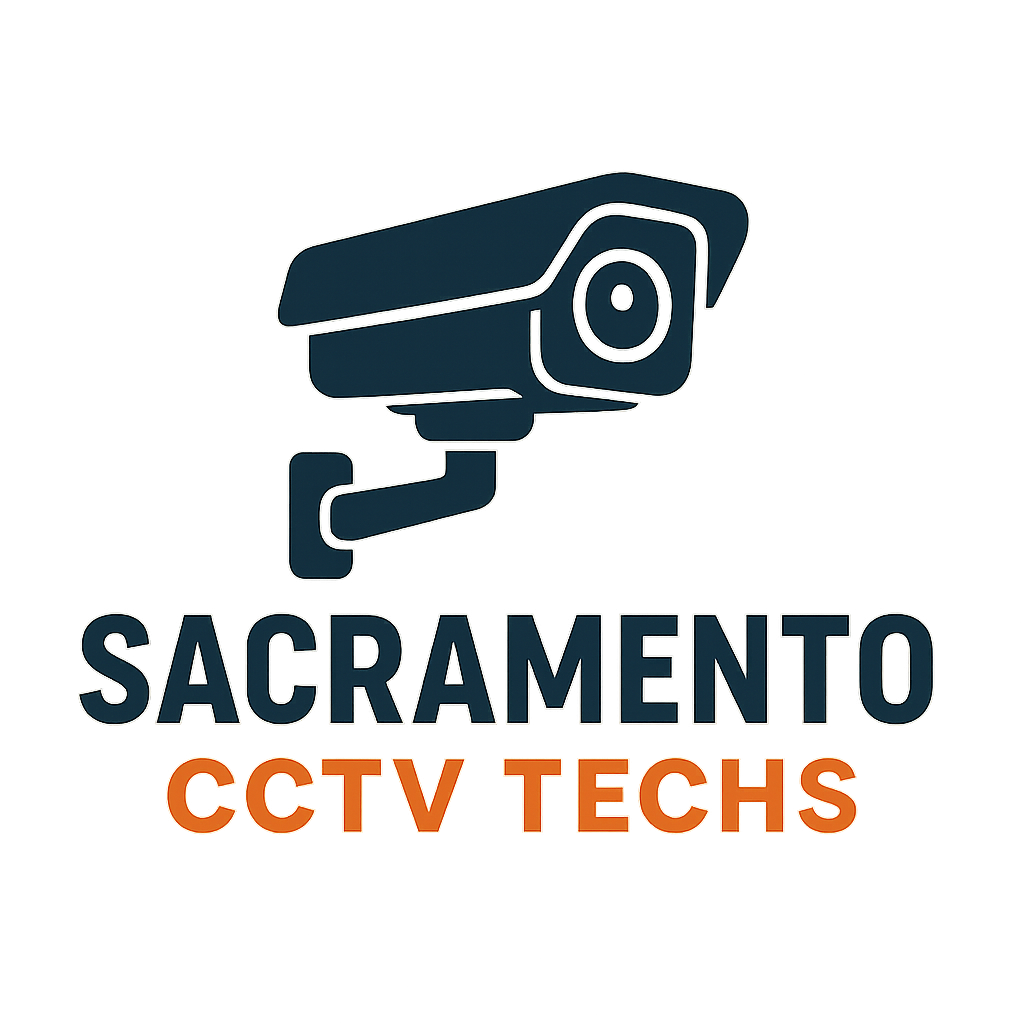What Must Be Ensured When Installing CCTV? A Complete Guide to Safe and Effective Setup
What Must Be Ensured When Installing CCTV?
Closed-Circuit Television (CCTV) systems have become an essential security tool for homes, businesses, and public spaces. But installing CCTV isn’t just about mounting a camera—it requires careful planning, compliance with privacy laws, and ensuring optimal performance. This guide explains what must be ensured when installing CCTV, covering legal, technical, and safety considerations backed by authoritative sources.
At Sacramento CCTV Techs, we make sure every CCTV installation meets industry standards and client security needs.
Table of Contents
- Why Proper CCTV Installation Matters
- Legal and Regulatory Requirements
- Pre-Installation Considerations
- Technical Best Practices
- Health and Safety Precautions
- Common Mistakes to Avoid
- Future-Proofing Your CCTV System
- Conclusion: Key Takeaways
- FAQ
- References
Why Proper CCTV Installation Matters
Improper installation can lead to blind spots, legal violations, or system vulnerabilities. A well-installed system not only protects property but also ensures compliance with privacy regulations. According to the Electronic Security Association (ESA), a poorly positioned camera can reduce surveillance effectiveness by up to 40%.
Legal and Regulatory Requirements
Privacy and Data Protection Laws
In the U.S., there are federal and state-level privacy laws that dictate how CCTV footage can be collected and stored. For example:
- Cameras cannot record areas where people expect privacy (e.g., bathrooms, changing rooms).
- Some states require audio recording consent under wiretapping laws.
✅ Tip: Always check state-specific surveillance regulations before installation.
Signage and Notification Rules
The U.S. Department of Homeland Security (DHS) recommends clear signage when CCTV is in operation, especially in workplaces and public areas. This ensures compliance and informs individuals that recording is taking place.
Before installation, it’s important to think about camera positioning, coverage, and storage. Here’s what you should consider when installing CCTV to ensure a smooth setup.
Pre-Installation Considerations
Site Assessment
Conduct a professional risk assessment to determine entry points, high-risk zones, and areas of potential blind spots.
Camera Placement
Ensure cameras cover critical areas like entrances, exits, parking lots, and storage rooms. Avoid pointing cameras directly at neighbors’ private property to prevent legal disputes.
Power and Connectivity
- Choose between wired, wireless, or PoE (Power over Ethernet) systems.
- Ensure uninterrupted power supply (UPS) for reliability during blackouts.
Technical Best Practices
Resolution and Coverage
Modern security standards recommend at least 1080p resolution for facial recognition and license plate reading.
Network Security
CCTV systems connected to the internet are vulnerable to hacking.
- Change default passwords.
- Use firewalls and VPNs.
- Regularly update firmware.
Recording and Storage
- Store footage for at least 30 days (typical industry standard).
- Use encrypted cloud storage or secure local NVR/DVR systems.
Health and Safety Precautions
CCTV installation involves working at heights, drilling, and handling electrical equipment. Installers must follow OSHA (Occupational Safety and Health Administration) guidelines to prevent accidents.
Common Mistakes to Avoid
- Placing cameras too high or too low
- Ignoring night vision or low-light conditions
- Overlooking cybersecurity measures
- Using insufficient storage capacity
- Failing to test before finalizing installation
Future-Proofing Your CCTV System
With advances in AI-powered video analytics, facial recognition, and smart alerts, ensure your system can integrate with modern technologies. Choosing scalable, upgradeable equipment saves long-term costs.
Apart from proper setup, safety matters too. Learn about the hazards of installing CCTV and how to avoid them during the process.
Conclusion: Key Takeaways
When installing CCTV, one must ensure:
- Legal compliance with privacy and signage rules
- Optimal placement for maximum coverage
- Secure connectivity to prevent hacking
- Safe installation practices to protect workers
- Future readiness with scalable technology
A well-installed CCTV system enhances safety, reduces liability, and ensures peace of mind.
